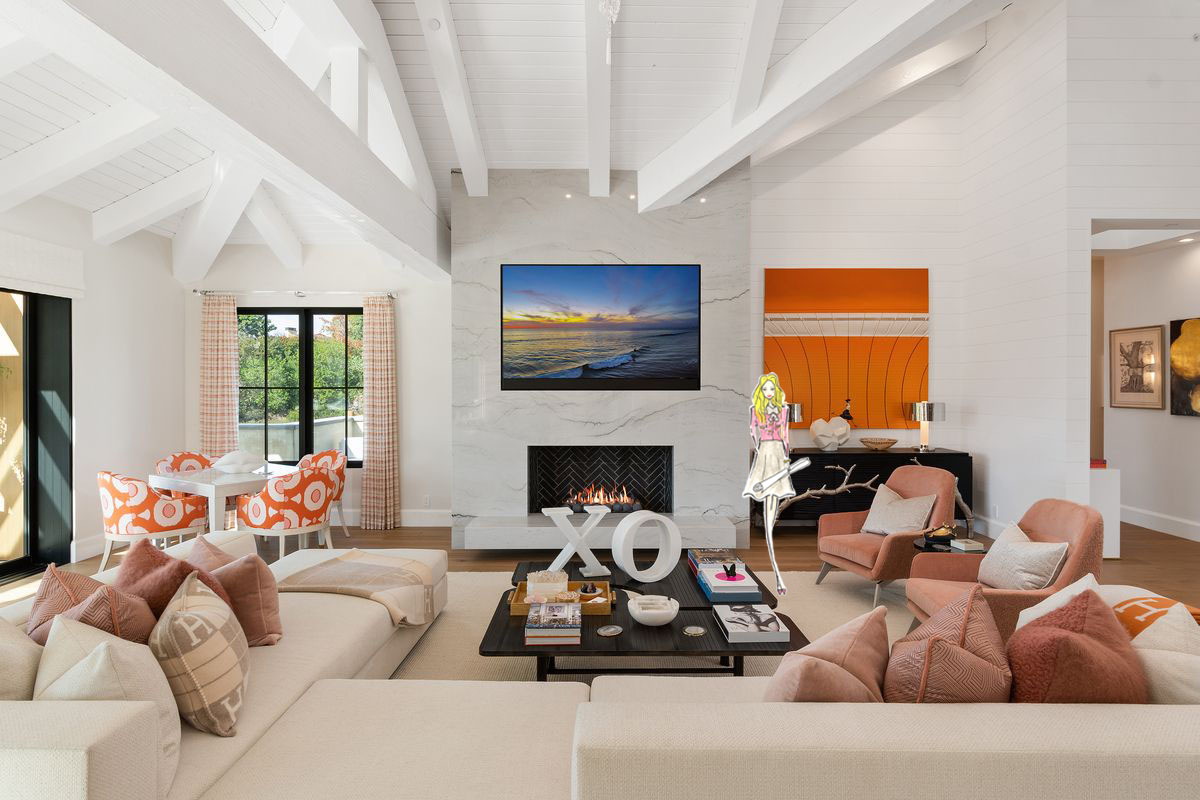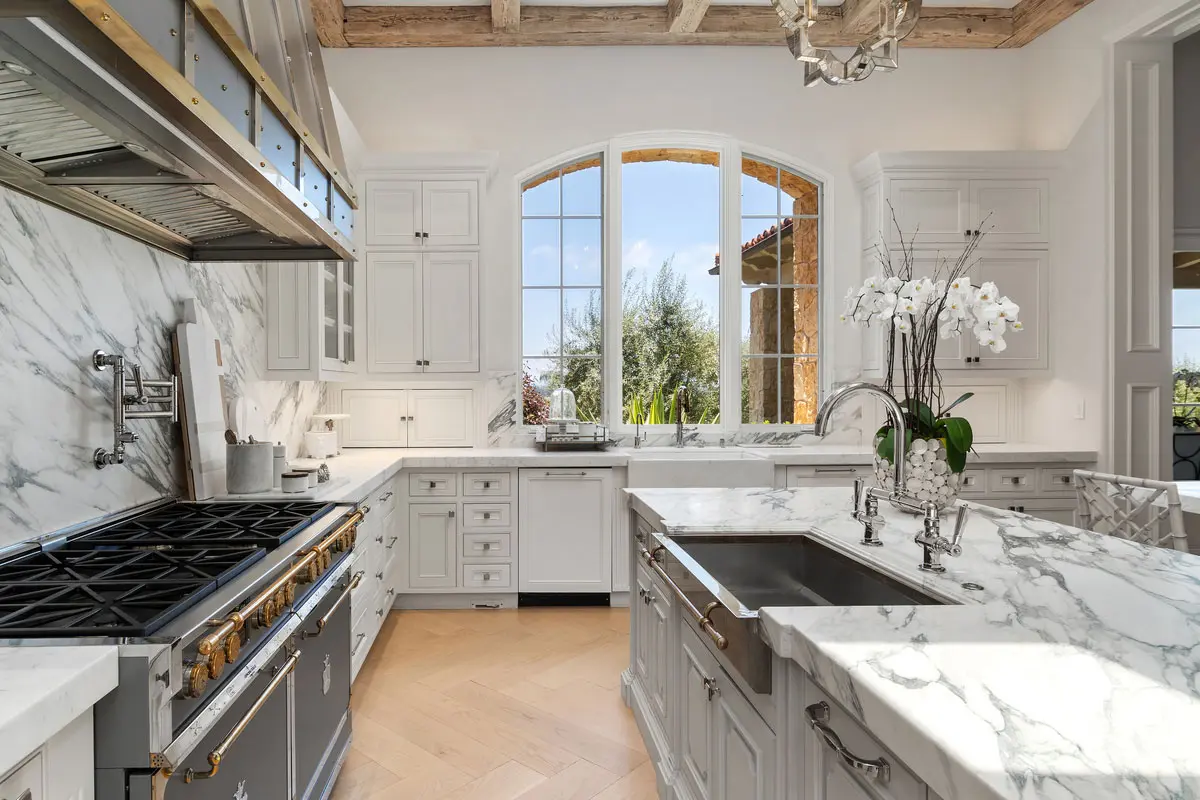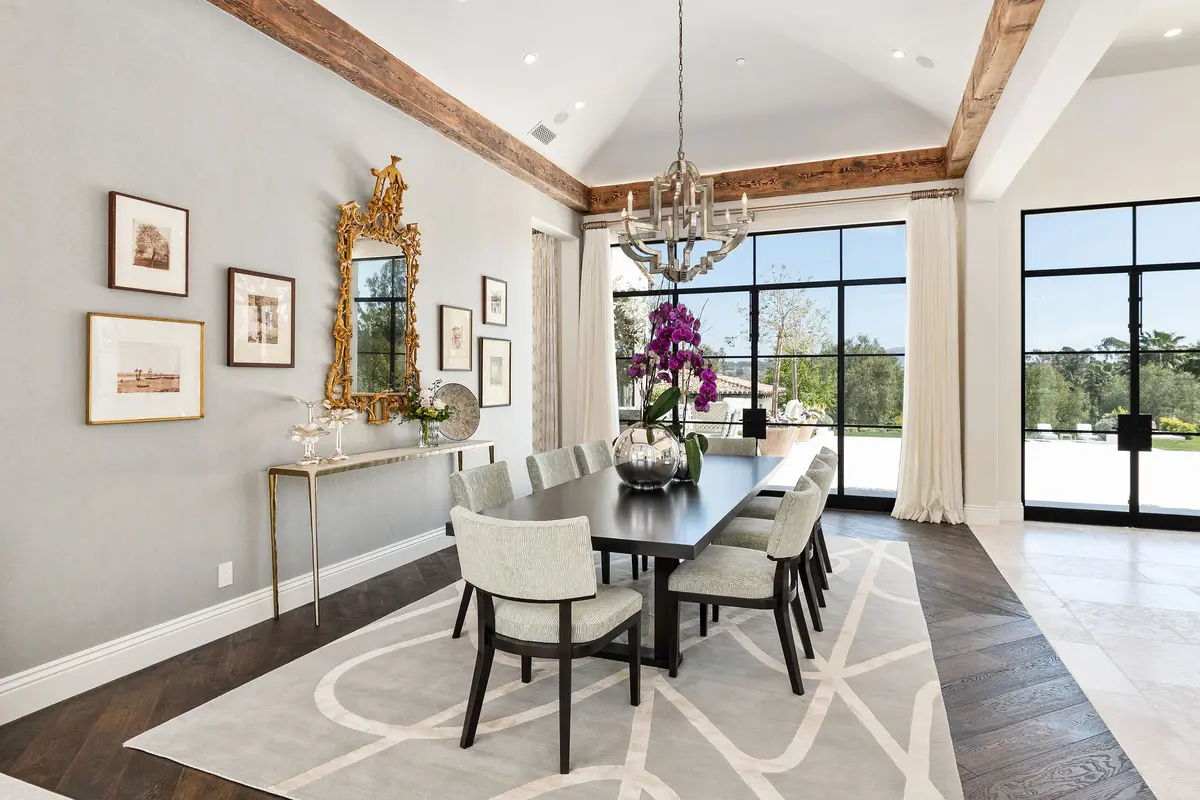Decorating a luxury home should feel like creating an art gallery or a personal sanctuary. Every piece, every texture, every color is chosen with care, culminating in a space that radiates elegance and comfort. But even in the realm of high-end design, mistakes can happen. And when they do, they’re often costly—not just financially, but in terms of time, energy, and the overall aesthetic harmony of the home.
Here, we’ll delve into the most common missteps homeowners make when decorating a luxury home and explore how to avoid them. The goal is to provide clarity, help you maintain the integrity of your vision, and ensure that your luxury interior reflects the investment and thought you’ve poured into it.
Choosing Materials That Don’t Match the Luxury Vision
One of the most common errors is cutting corners on materials. While luxury is about quality, durability, and timeless appeal, it’s all too easy to be lured by less expensive options that claim to mimic high-end finishes. For example, laminate flooring that imitates hardwood may save money in the short term, but it quickly shows wear and lacks the authenticity of solid wood or natural stone.
Similarly, choosing inexpensive fabrics for upholstery or window treatments can compromise the entire look of a room. A luxury space calls for textiles like silk, velvet, or high-grade linen—not synthetic blends that fray or fade. Investing in quality materials ensures that the finishes age gracefully, maintain their texture and color, and contribute to the overall sophistication of the home.
Ignoring Scale and Proportion
Scale and proportion are the backbone of effective interior design, yet they’re frequently overlooked. A grand chandelier in a room with low ceilings can feel oppressive rather than elegant. Oversized furniture can make even a spacious room appear cramped, while furniture that’s too small gets lost in the expanse of a large living area.
Maintaining the right scale means ensuring that each piece complements the room’s dimensions. For example, in a large dining room, a substantial table with ample seating feels proportional, whereas a modest table would seem out of place. Similarly, art and mirrors should be sized appropriately for the wall space—too small, and they’ll look like an afterthought; too large, and they’ll dominate the room. By paying attention to these details, you create balance and harmony that elevates the entire space.
Skipping Professional Guidance
Luxury interior design often benefits from the expertise of a seasoned professional. While it’s tempting to tackle a decorating project independently, a professional designer brings experience, resources, and a trained eye that helps avoid costly mistakes. Without expert guidance, homeowners may find themselves stuck with mismatched styles, overlooked details, or a disjointed aesthetic.
A professional designer helps homeowners navigate the myriad of decisions that come with creating a luxury interior. They can source unique, high-quality pieces, recommend reliable artisans and contractors, and offer insights into design trends and timeless elements. Their input ensures that the final result not only reflects the homeowner’s vision but also maintains the level of refinement that defines a luxury home.
Relying Too Heavily on Trends
Trends come and go, but a luxury home should stand the test of time. Over-reliance on the latest fads can quickly date a space, making it feel less like a timeless retreat and more like a snapshot of a particular moment. While it’s fine to incorporate a few trendy elements—such as a fashionable color or a currently popular pattern—these should be accents rather than centerpieces.
Instead, focus on classic, enduring styles and high-quality craftsmanship. A well-constructed Chesterfield sofa, a solid wood dining table, or a hand-knotted Persian rug will remain beautiful for decades. By anchoring your décor in timeless elements, you can sprinkle in trend-driven items that are easily swapped out as tastes evolve, keeping the space fresh without losing its sophisticated foundation.
Forgetting to Plan the Lighting Scheme
Lighting is a crucial component of any luxury home, yet it’s often treated as an afterthought. Poorly planned lighting can result in dark corners, unflattering shadows, or rooms that feel sterile rather than inviting. A luxury home requires a layered lighting approach that incorporates ambient, task, and accent lighting.
For instance, in a formal dining room, a stunning chandelier might provide ambient light, while wall sconces add a soft glow, and a dimmer switch allows for mood adjustments. In the kitchen, under-cabinet lighting can illuminate workspaces, while pendant lights over the island add both functionality and elegance. The key is to think of lighting not just as a practical necessity but as a design element that enhances the room’s overall ambiance.
Overcrowding the Space
Luxury is as much about what you leave out as what you include. Overcrowding a room with too many furniture pieces, accessories, or art can dilute the impact of each individual item. Instead of feeling curated and intentional, the space may end up feeling cluttered and overwhelming.
Editing is essential in luxury design. Start with a few carefully selected pieces that make a statement and allow them to shine. If you have a collection of vases, for example, display just one or two at a time, rotating them seasonally. By allowing your key elements room to breathe, you create a sense of spaciousness and serenity that is a hallmark of upscale interiors.
Neglecting Functionality
While aesthetics are important, functionality should never be ignored. Luxury living is about comfort and ease as much as style. An extravagant sofa that’s too stiff to sit on, a bathroom without enough storage, or a kitchen without adequate counter space can detract from the enjoyment of the home.
The best luxury designs consider how the space will be used on a daily basis. For example, a well-designed walk-in closet includes thoughtful storage solutions, such as custom shelving and built-in lighting. A luxurious bedroom features not only an opulent bed but also bedside tables at the right height, adequate reading lights, and blackout curtains for restful sleep. By prioritizing function alongside beauty, you ensure that the home isn’t just visually impressive but also genuinely livable.
Not Incorporating Personal Touches
A luxury home is an extension of its owner’s personality and style. While it’s tempting to rely solely on showroom-perfect pieces, failing to incorporate personal touches can make the space feel cold and impersonal. Family heirlooms, travel souvenirs, or custom artwork provide character and tell a story.
For instance, a gallery wall featuring family portraits and cherished art can add warmth to a formal sitting room. A unique sculpture picked up on a memorable trip can serve as a conversation starter in the entryway. These personal elements imbue the home with a sense of individuality, making it not just luxurious but also deeply meaningful.
Decorating a luxury home is a rewarding endeavor, but it’s not without its challenges. By steering clear of common pitfalls—such as choosing subpar materials, ignoring scale, skipping professional input, and relying too heavily on trends—you ensure that your interior reflects true sophistication. Thoughtful planning, attention to detail, and a focus on both function and beauty guarantee a space that not only meets your high-end vision but also brings lasting comfort and enjoyment.
In the end, the key to successful luxury decorating is balance: combining timeless elements with personal touches, investing in quality materials, and working with experienced professionals. By avoiding these common mistakes, you protect your investment and create a home that feels effortlessly elegant, uniquely yours, and undeniably luxurious.



